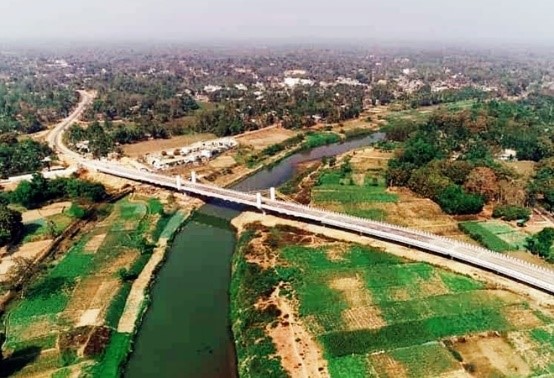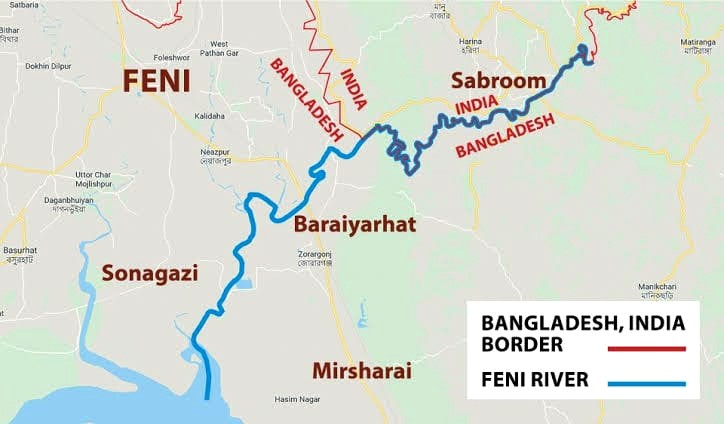Free Courses Sale ends Soon, Get It Now


Free Courses Sale ends Soon, Get It Now



Disclaimer: Copyright infringement not intended.
Context
Maitri Setu

Significance
Other Strategic steps being taken
Connectivity is the key to development. Connectivity also is the key to regional security.
|
FENI RIVER Feni River is a river in southeastern Bangladesh and Tripura state of India. It is a trans-boundary river with an ongoing dispute about water rights. The Feni River originates in South Tripura district and flows through Sabroom town and then enters Bangladesh. Muhuri River, also called Little Feni, from Noakhali District joins it near its mouth. According to the Indian government press release, there has been no water-sharing agreement between the countries on the Feni previously. The dispute over the sharing of the river water has been long-standing. It was taken up between India and Pakistan (before the independence of Bangladesh) in 1958. |
|
PRACTICE QUESTION Q. Connectivity is the key to development and connectivity also is the key to regional security. What is the strategic significance of Maitri Setu in this context? Analyse. |
© 2024 iasgyan. All right reserved